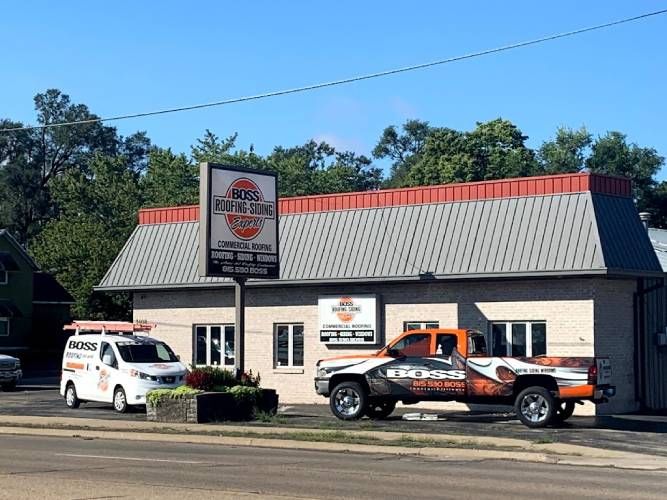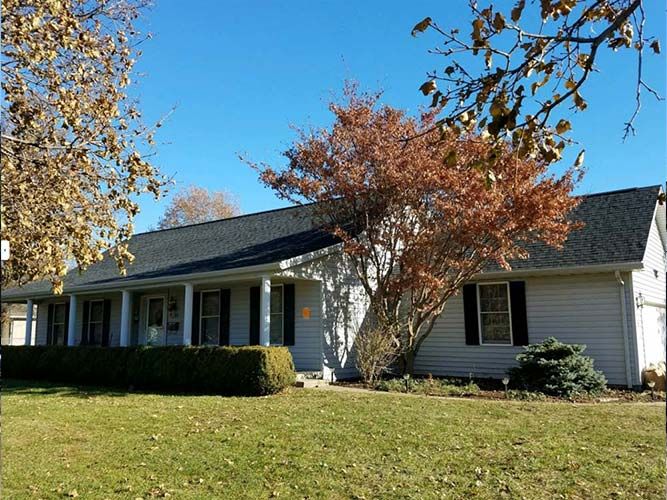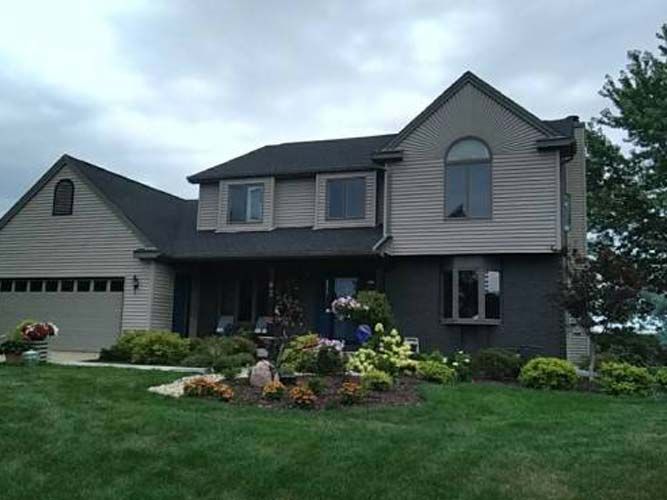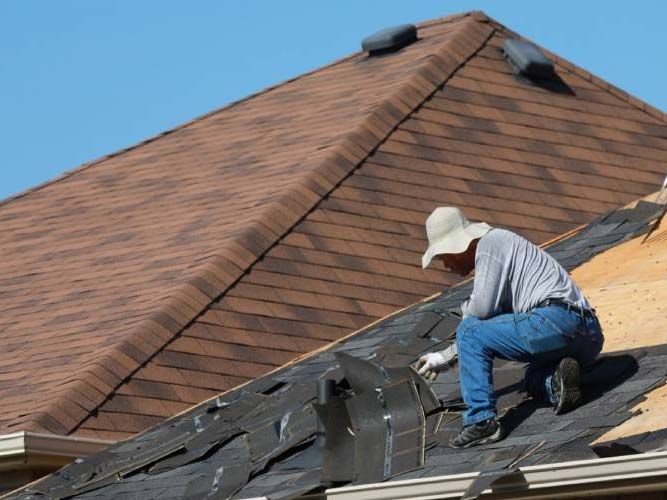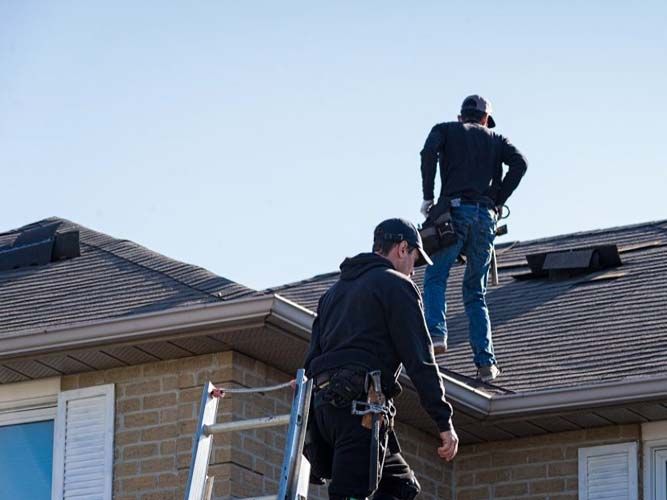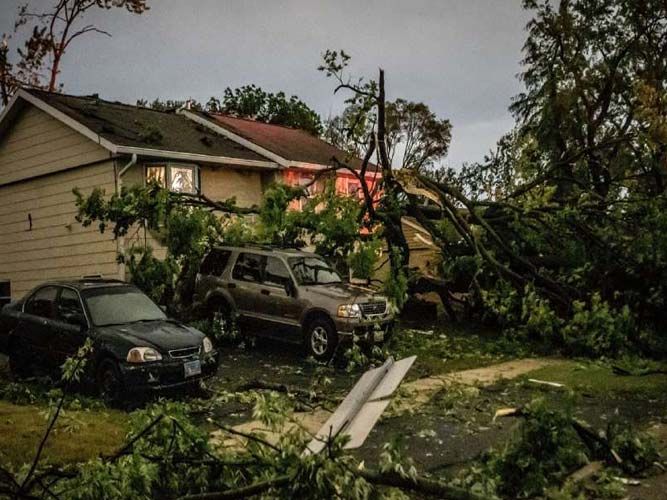Summer Roofing Tips: How to Protect Your Home from Heat and UV Damage
Summer is the season when people spend more time outdoors doing various projects around the house and in their backyard. However, the summer heat carries possible difficulties for the roof of your house. As the temperature increases and the sun’s rays intensify, your roof is vulnerable to heat damage due to dangerous UV exposure.
How can you protect and shield your home from potential heat and UV damage? We’ll delve into what roofing materials you can use and the importance of UV protection. We’ll walk you through the key steps of maintaining and inspecting your roof so you can identify minor problems early on.
Understanding the Effects of Heat and UV on Roofs
Your roof is exposed to hours of summer heat every day. Because the roof absorbs and stores all that heat, it can potentially damage its durability. Roofing materials are more likely to distort, break, and even age early due to constant exposure. In addition, UV rays also cause color fading.
How your roof responds to heat and UV damage also depends on the type of roof you have. For example, asphalt is a common material used on roofs and is very vulnerable to heat damage and UV radiation. Another common material used on roofs is metal. Despite being more heat-resistant, metal roofs are still prone to degradation and discoloration.
Humidity is also another element that can cause damage to your roof. Moisture and condensation occur and result in leaks in your roof. Therefore, regular routine check-ups are a great way not just for UV protection but also to keep your home in great condition.
Roof Inspection and Maintenance
Regular roof inspection and maintenance are crucial in keeping your roof in excellent condition. You should schedule one before the hot season begins or after any major storms. If you have noticed any possible damages, make sure you address them with your roof specialist. Try to have a proper check-up at least once to twice a year.
UV-Protective Roofing Materials and Coatings
Choosing the correct materials and coatings to protect your roof from the summer heat can make a huge difference. The good news is that a few alternatives are available that can provide effective UV protection.
Cool Roofs
Cool roofs are designed to absorb less heat than traditional roofs. Reflective shingles, tiles, or metal sheets are just several examples of materials you can use to create cool roofs. They help to maintain cooler indoor temperatures by significantly reflecting the sun’s rays away from your home, easing the load on the cooling system, and preserving electricity.
Solar-Reflective Coatings
Another great option to ensure UV protection is to use solar reflective coatings or paints. They consist of pigments that reflect sunlight and stop UV rays from entering the roof’s surface. Applying such coatings will greatly reduce the amount of heat your roof absorbs, the potential damages that may occur, and extend the life of your roof.
UV-Protective Sealants
If your current roof lacks protection from the summer heat, apply UV-protective sealants to the surface of your roof. They’ll act as a barrier protecting the base of the roof from any damage caused by UV rays. A great option is a silicone sealant, as they are water-resistant and long-lasting.
When deciding on roofing materials and coatings, it is imperative to speak with roofing experts. They can evaluate your unique requirements based on your budget. Also, these experts will consider your local climate and suggest the best solutions for your roof.
Roofing Ventilation and Insulation
Roof insulation and ventilation are important components that keep your home cool and cozy during the summer heat. By allowing hot air to escape from your attic, you avoid heat buildup and the rise of indoor temperatures. Ventilation also helps reduce moisture, which will prevent the appearance of mold.
Proper roof ventilation and insulation will prevent heat from transferring from the roof into the entire house. This will help you protect your home and allow you to have a more enjoyable environment during the hottest months.
Another great benefit is that you can reduce the expenses for your cooling system. Besides saving energy, you won’t have to pay higher utility bills in the summer.
Roof Protection Through Landscaping
A well-planned landscape can significantly help to shield your roof and act as UV protection. The summer heat absorbed by your roof can be decreased by planting trees that will provide shade and protect the roof and your home. Additionally, applying light-colored materials to your pathways and driveways can assist in deflecting sunlight away from your home, meaning your roof won’t absorb any extra heat.
Summer Heat Tips for Your Roof UV Protection
Here are some tips you can follow to preserve the lifespan of your roof and home during the summer months:
- Clean gutters to prevent clogs and water buildup.
- Clean your roof surface from leaves to avoid trapping moisture and causing any damage.
- Trim overgrown branches that go higher than your roof or near your house.
- Inspect the roof for any possible signs of damage, such as cracked or broken elements.
- Apply UV-protective coatings or sealants to extend the durability of your roof.
- Schedule a professional roof inspection.
Final Thoughts
It’s essential to take preventative actions to safeguard your roof against summer heat and UV damage. Conduct routine roof inspections to detect early warning indications of damage, such as cracked or curled shingles. Use roofing materials and coatings that are UV-resistant and specially formulated. Additionally, good insulation and ventilation may decrease heat accumulation.
Boss Roofing will assist you in keeping your roof in top shape. Thanks to their services and team of skilled professionals, you won’t have to worry about UV protection or safeguarding your home. You’ll feel at ease and be able to enjoy your home with your family thanks to their understanding of the local building codes.

